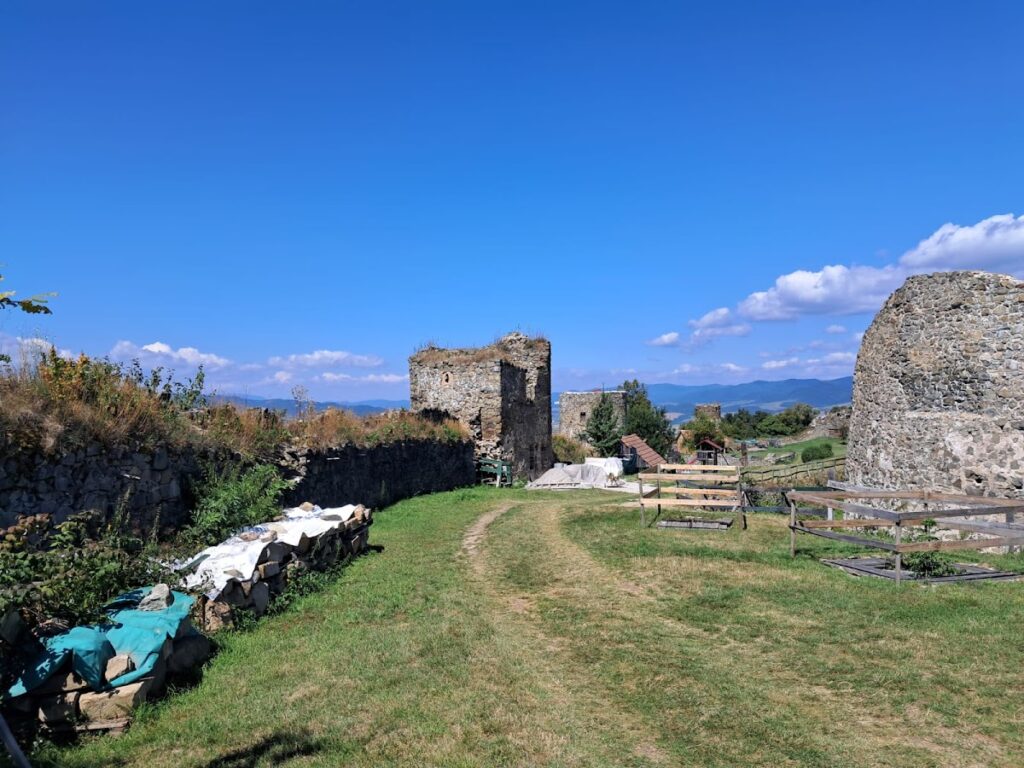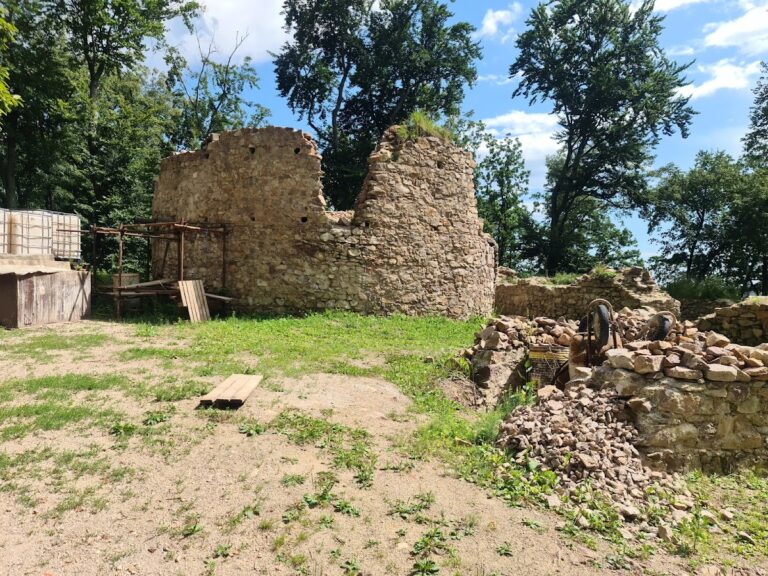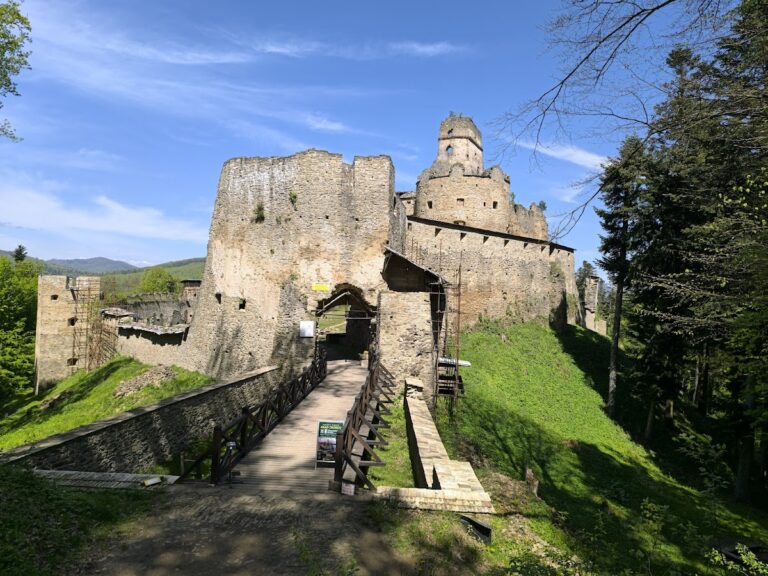Šariš Castle: A Medieval Fortress in Slovakia
Visitor Information
Google Rating: 4.7
Popularity: Medium
Google Maps: View on Google Maps
Official Website: www.hradsaris.sk
Country: Slovakia
Civilization: Unclassified
Remains: Military
History
Šariš Castle stands above the village of Veľký Šariš in Slovakia, built during the 13th century by the Kingdom of Hungary. Its primary purpose was to oversee and protect trade routes along the Torysa River valley, a vital corridor running north to south through the region. Known initially as “castrum Sarus” in documents dating from 1245, the castle served as a royal residence whenever the kings visited this part of the kingdom.
Long before the medieval fortress rose, the site atop the Šarišský vrch hill was settled repeatedly. Archaeological evidence reveals human presence from the Neolithic period, continuing through the Late Bronze Age, roughly between the 13th and 11th centuries BCE. Habitation persisted around the turn of the era until the 4th century CE, with interruption until resettlement occurred between the 10th and 12th centuries, laying the groundwork for the later castle constructions.
With the establishment of Šariš County in the 1340s, Šariš Castle became the center of administration for the region, housing the county’s officials known as župans or comes. During the early 14th century, the castle was captured by the Amade family, who opposed King Charles Robert. They enhanced the castle’s fortifications; however, following the Battle of Rozhanovce in 1312, the royal authority was reasserted, and control over the castle returned to the crown.
Throughout the 15th century, ownership passed through several noble hands. In 1405, King Sigismund pledged the castle to Peter Perényi. Between 1441 and 1460, John Jiskra, a military leader involved in succession disputes, held Šariš Castle for a time. Later King Matthias Corvinus restored it to the Perényi family, who undertook significant expansions and reinforcing of the fortress in the late 15th century.
Following the 1526 Battle of Mohács, the Perényi family aligned themselves with John Zápolya and managed to occupy Košice, prompting imperial forces loyal to Ferdinand to lay siege to the castle in 1537, eventually capturing it. Under subsequent Habsburg rule, Šariš Castle evolved into a major military stronghold, hosting a garrison of approximately 200 infantry soldiers and maintaining an extensive arsenal. The fortress became a strategic hub bridging the High Tatras Mountains and the Tisza River region.
In 1642, ownership transferred to the Rákóczi family, though they preferred residing in a nearby manor house rather than in the fortress itself. A catastrophic gunpowder explosion in 1660 inflicted severe damage on the castle, after which it was relegated to housing troops rather than serving as an active fortification. Finally, the castle suffered a devastating fire in 1687 and was never rebuilt thereafter. Later proprietors included the Aspremont and Szirmay families, with the final recorded owner being Gejza Puľský, a royal chamberlain.
Remains
The remains of Šariš Castle occupy a substantial area of more than 2.7 hectares atop the Šarišský vrch, a 570-meter-high hill formed of andesite rock near Veľký Šariš. The castle’s core included a square donjon tower with dimensions of 13.2 by 13.2 meters and impressively thick walls measuring 4.5 meters, constructed from locally sourced andesite stone complemented by reinforced corners of sandstone. The main access to the tower was located on its northwest face.
Surrounding the donjon, the castle’s defensive system featured a robust curtain wall incorporating fourteen bastions. Each bastion was integrated into the wall line and equipped with narrow openings known as firing slits, designed to allow defenders to launch projectiles while remaining protected. These fortifications reflected architectural styles similar to those initiated by King Béla IV after the mid-13th century Mongol invasions, a period marked by extensive fortress building across the kingdom.
Approach to the castle was secured by a barbican—a fortified outpost guarding the main gate—with a double gate system and a drawbridge crossing a moat, the outlines of which remain visible today. Defensive structures saw major enhancements during the 16th century, including the addition of new curtain walls erected on earlier Slavic earthworks, reinforcing the layered history of fortification at the site.
Currently, some parts of the fortifications and bastions have been preserved, while the donjon tower has undergone partial reconstruction, enabling views over the surrounding landscape, including distant peaks of the High Tatras and neighboring medieval ruins. The castle hill is protected as a national natural reserve, with ongoing maintenance efforts clearing vegetation to safeguard the ruins.
Archaeological exploration of the site has uncovered a rich array of artifacts across different periods. Finds include pottery and stone tools from the Neolithic era, Late La Tène period ceramics made with graphite techniques, and cast bronze brooches reflecting metalworking traditions. These discoveries confirm the hill’s long-standing significance as a place of human settlement and strategic importance through successive cultural phases.










